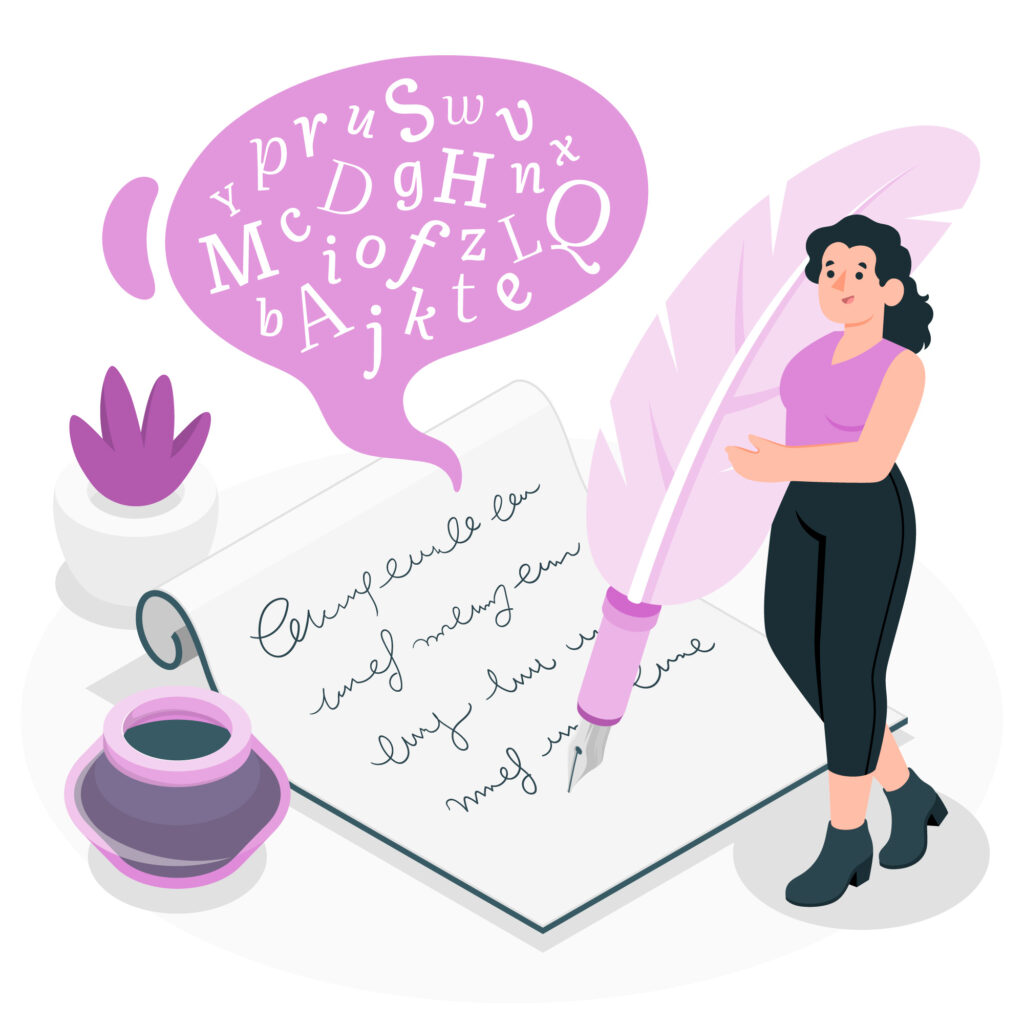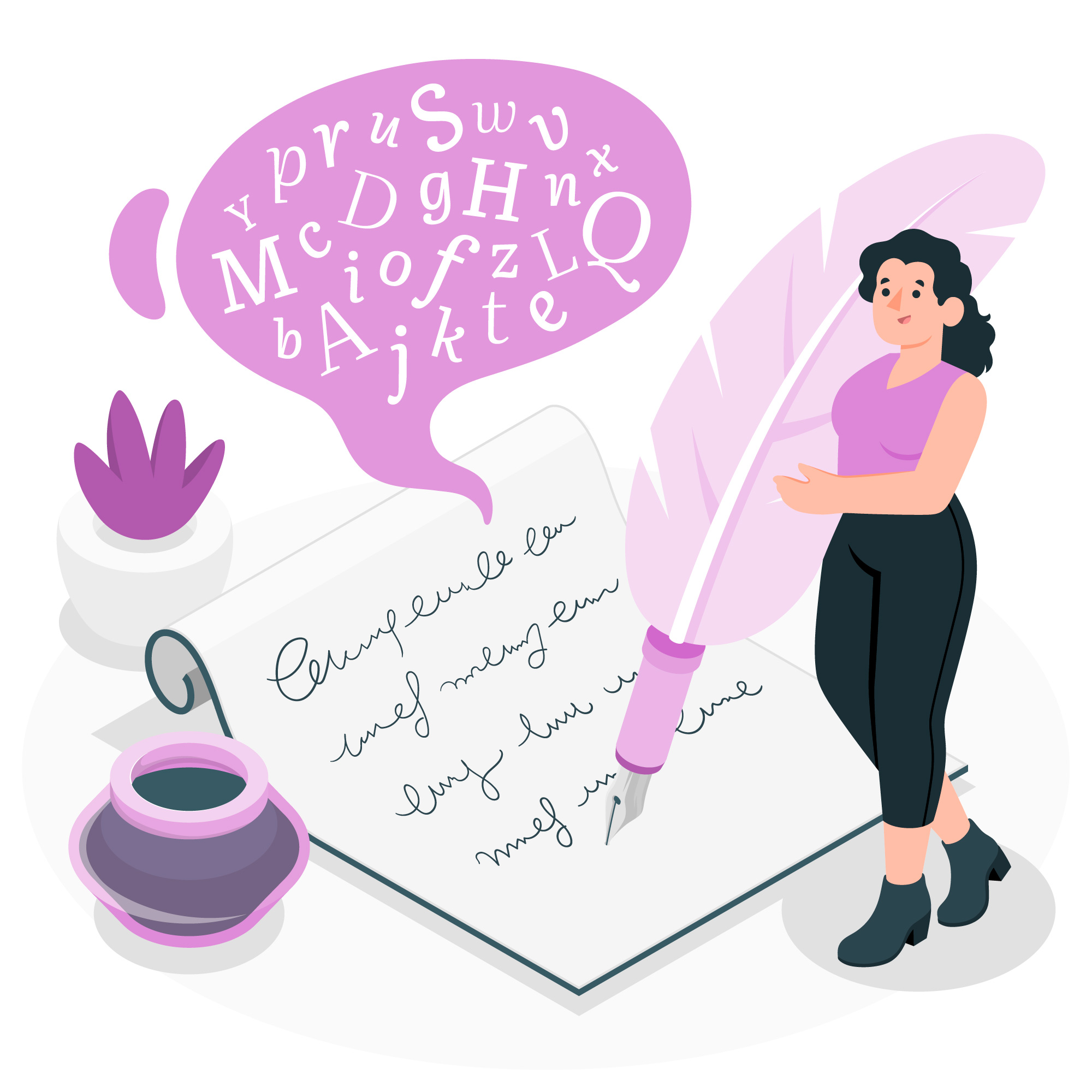In the world of writing, the first impression often determines whether your readers will continue to explore your content or move on to something else. This makes the introductory sentence a crucial element of any piece of writing. A well-crafted introduction sentence can captivate your audience, pique their interest, and set the tone for the rest of your work. Whether you’re writing an essay, a blog post, a novel, or even a simple email, mastering the art of creating a good introduction sentence is essential. In this article, we’ll explore nine simple yet effective ways to craft a compelling introduction that grabs your readers’ attention and keeps them engaged.

1. Start with a Question
One of the most effective ways to draw readers into your content is by posing a thought-provoking question in your introduction. This immediately engages your audience’s curiosity and encourages them to continue reading in search of the answer. For example, if you’re writing about climate change, you could begin with a question like, “Have you ever wondered how our everyday choices impact the future of our planet?”
2. Use an Anecdote or Personal Story
Human beings are naturally drawn to stories. Sharing a relevant anecdote or personal experience in your introduction can create an instant connection with your readers. It makes your content relatable and helps establish your credibility. Let’s say you’re writing about time management; you could start with a brief personal story about how effective time management transformed your life.
3. Employ a Startling Statistic or Fact
Numbers have the power to grab attention and add an element of surprise to your introduction. Utilize a surprising statistic or fact that relates to your topic to make your readers sit up and take notice. For instance, if you’re writing about the impact of plastic pollution on oceans, you might start with a statistic like, “Every year, over 8 million tons of plastic end up in our oceans, endangering marine life and ecosystems.”
4. Quote a Recognizable Figure or Expert
Quoting a well-known figure or an expert in your field can lend credibility and authority to your introduction. It also suggests that your content is based on reputable sources. If you’re writing about leadership, you could begin with a quote from a renowned leader like Winston Churchill: “Success is not final, failure is not fatal: It is the courage to continue that counts.”
5. Create a Vivid Imagery
Painting a vivid picture with words can transport your readers into your world and make them feel like they’re part of the story. Use descriptive language to create imagery that captures the essence of your topic. For example, if you’re writing about a beautiful natural landscape, you might start with, “Imagine standing at the edge of a pristine forest, the leaves rustling in the gentle breeze, and the scent of pine filling the air.”
6. Pose a Controversial Statement
Controversial statements can be a powerful way to spark discussion and engage your audience. Be cautious when using this technique, as it can polarize readers, but it can also be effective in generating interest and provoking thought. If you’re writing about a contentious issue, you could begin with a statement like, “The traditional education system is failing our children, and it’s time for a radical overhaul.”
7. State the Problem and Offer a Solution
Sometimes, the most straightforward approach is to start by identifying a common problem your readers face and then hint at the solution you will provide in your content. For example, if you’re writing about the benefits of a healthy diet, you might begin with, “In a world plagued by obesity and lifestyle diseases, the path to a healthier life starts with a single, simple choice.”
8. Use a Quotation from Your Content
If you have a particularly powerful or insightful sentence within your content, consider using it as your introduction. This not only provides a sneak peek into your writing style but also creates a seamless flow from the introduction to the main body of your work. Make sure the quoted sentence encapsulates the essence of your message.
9. Make a Bold Statement
Bold statements can grab attention and make your readers sit up and take notice. They should be concise, impactful, and relevant to your topic. For instance, if you’re writing about the future of technology, you could start with, “In the next decade, artificial intelligence will revolutionize every aspect of our lives, from how we work to how we love.”
In conclusion, crafting a good introduction sentence is a skill that can greatly enhance your writing and captivate your audience. Whether you choose to start with a question, an anecdote, a startling statistic, a quote, imagery, a controversial statement, a problem-solution approach, or a bold statement, the key is to make it relevant to your topic and engaging for your readers. Experiment with these techniques, and don’t be afraid to revise and refine your introductions until they have the desired impact. Remember, the introduction sets the stage for the rest of your content, so investing time and effort in getting it right is well worth it. With these nine simple ways in your toolkit, you’re well on your way to writing introduction sentences that leave a lasting impression and keep your readers coming back for more.
Related Articles:
1. How to Write an Introduction: A Simplified Guide
2. How To Write a Good Essay Introduction in 4 Simple Steps
3. 5 Easy Ways to Write an Irresistible Introduction




